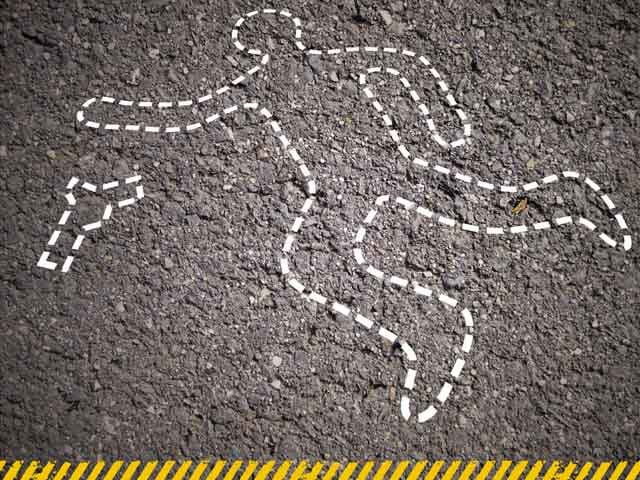The march of death
Solution to target killing can be found with participation of political parties that wield influence in Karachi.

According to a statement by the Human Rights Commission of Pakistan, at least 800 people have been killed so far this year. Other accounts suggest the number has already crossed the 1,000 mark. These are alarming numbers, fit to paralyse the citizenry. So far, despite the many statements we have heard form Interior Minister Rehman Malik and others in the government, there have been few arrests and little success has been achieved in tracking down those behind the murders. This does not carry much hope for the future.
The law-enforcement authorities and district administration need to improve their methods as this is the easier part of the task. What is more demanding is the need to work out a policy for Karachi, which incorporates all the diverse problems it faces. Only if we understand these fully and acknowledge that they exist can there be any hope of bringing the killings to an end. Till then, they will continue on a virtually daily basis as is happening now.
A solution can only be found with the participation of all the political parties that wield influence in Karachi. Without their full cooperation and support, it will be difficult to initiate a process that will lead to some consensual effort to change this fast-becoming reality of daily violence and death in a major city of the country.
Published in The Express Tribune, September 21st, 2012.















COMMENTS
Comments are moderated and generally will be posted if they are on-topic and not abusive.
For more information, please see our Comments FAQ